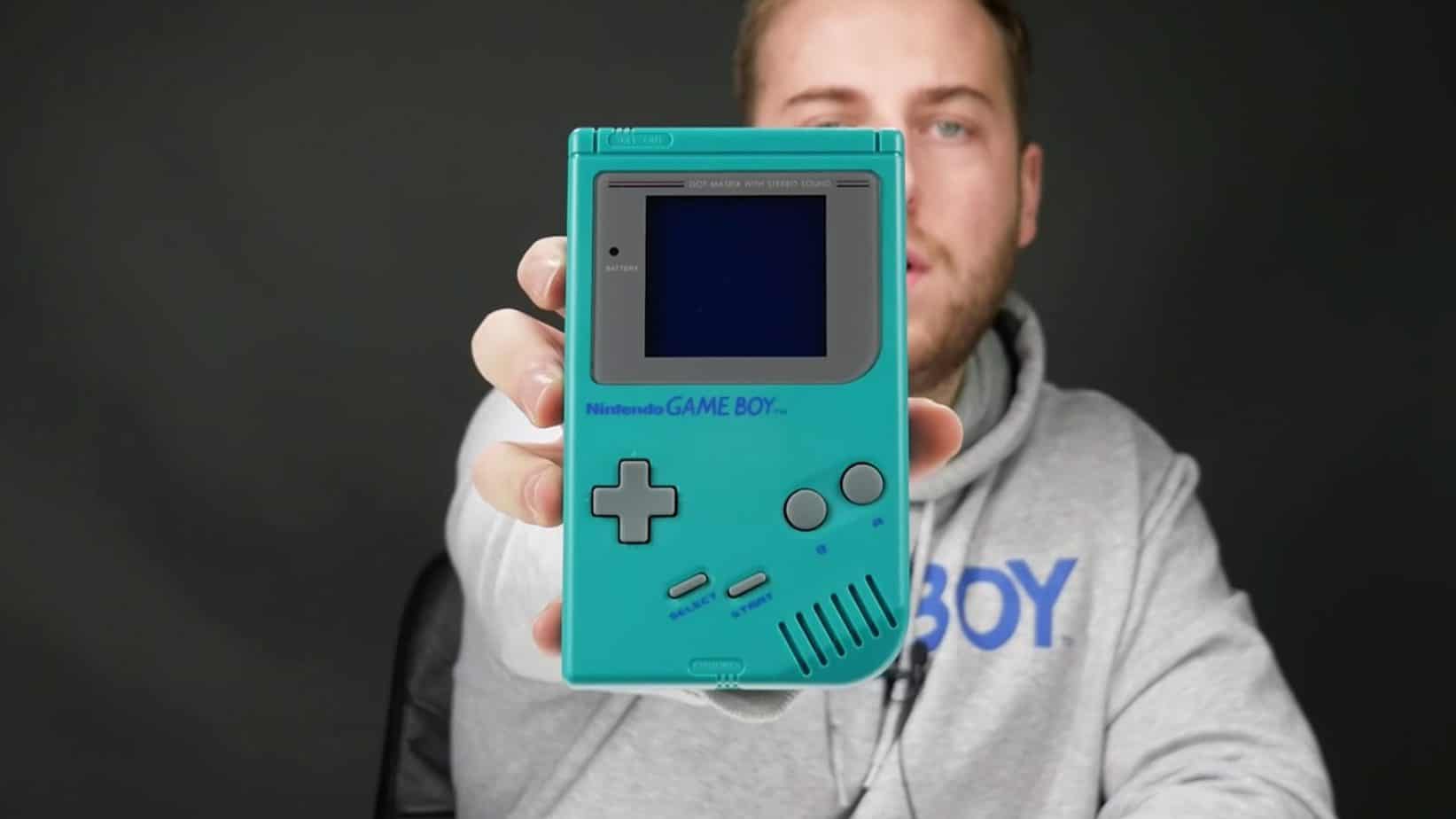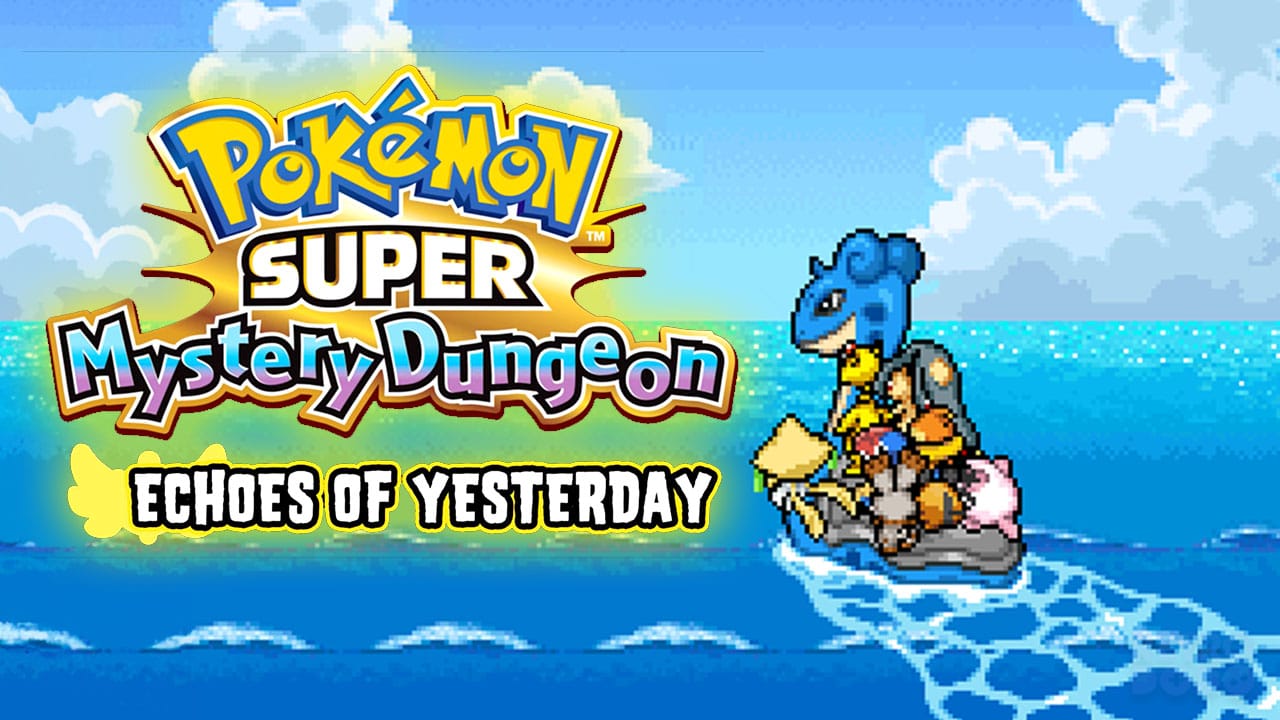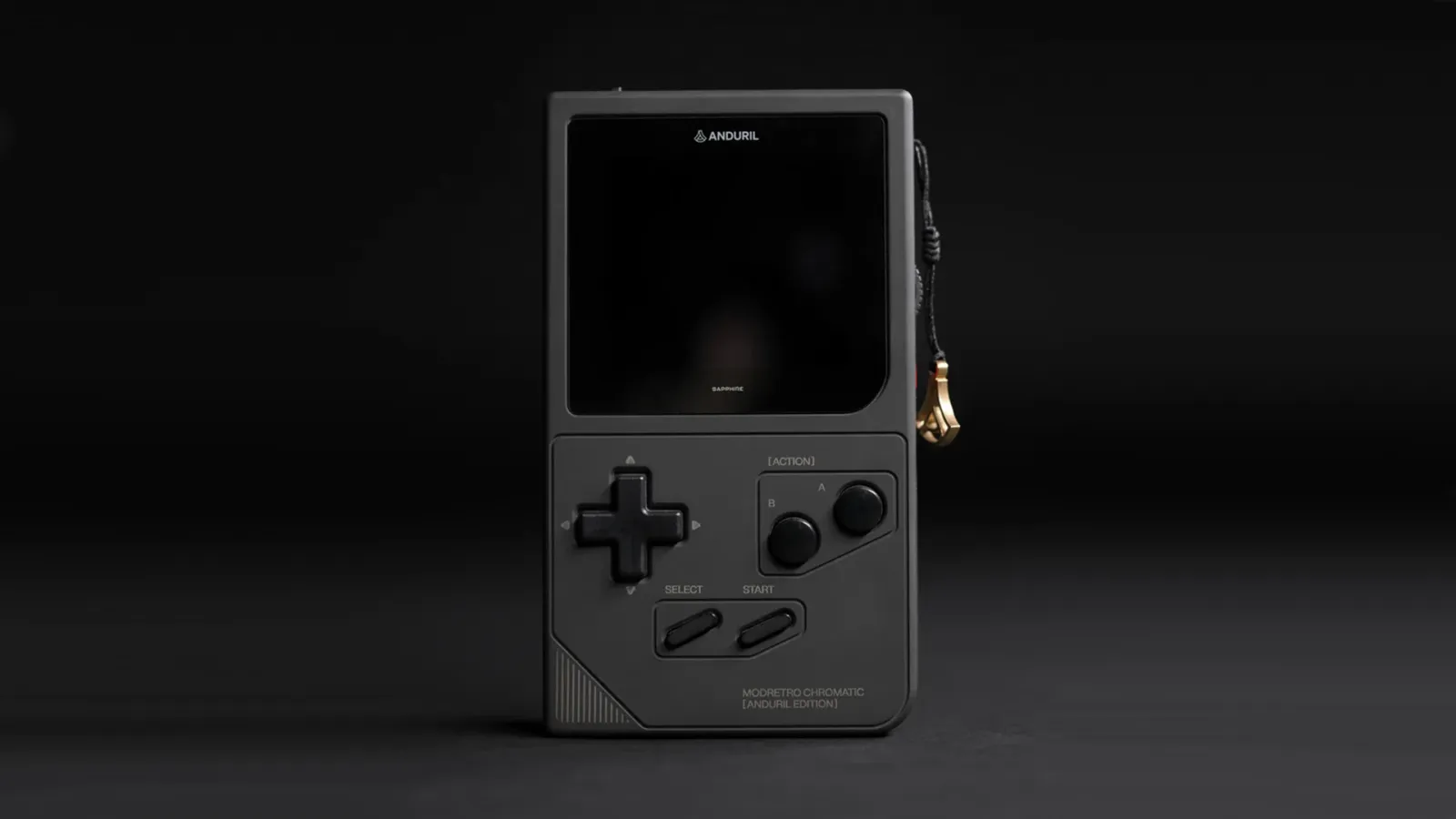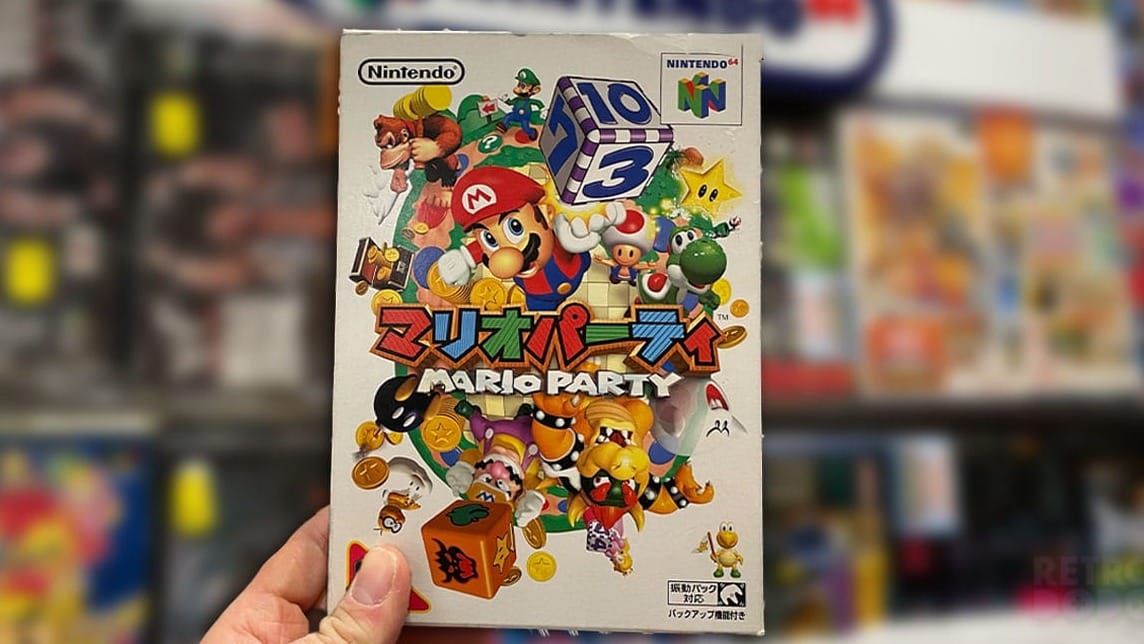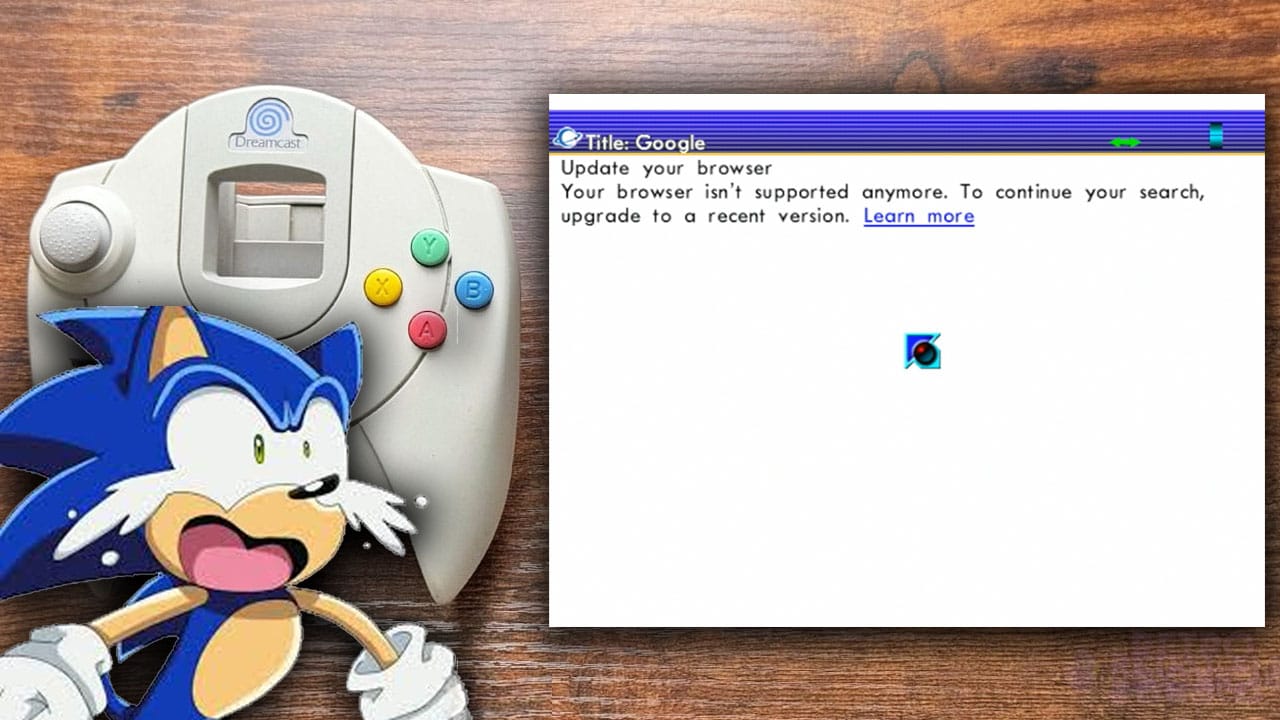The Gameboy was by far one of the most popular games consoles of all time and to this day it still impacts the gaming industry. The original GameBoy was created by one of Nintendo’s most innovative employees, Gunpei Yokoi. Gunpei was a toy designer born in Japan in 1941; he had a distinctive taste in games and had a keen eye for creating weird and wonderful toys.
While Gunpei was at Nintendo, he created the Ultra Hand, a plastic-extending hand that would grab things too far for the human hand to reach. Nintendo’s president was so impressed with this creation that he soon decided to ask Gunpei to make more, which then led him to create one of the best electronic toys ever.
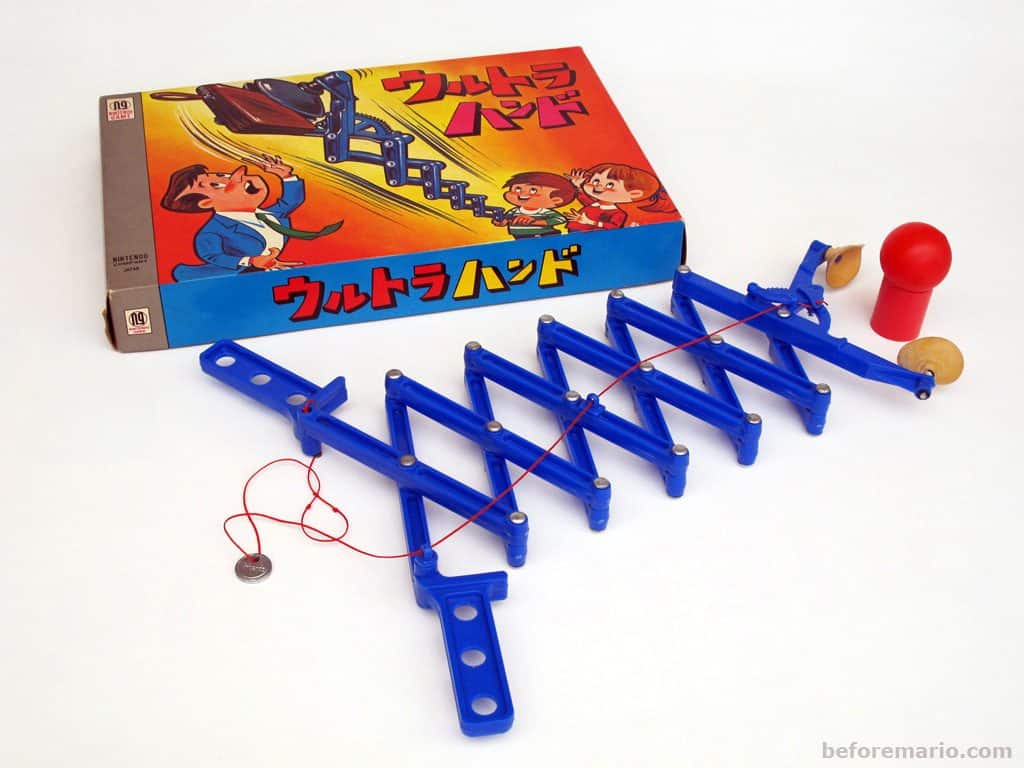
Gunpei was best known for creating the Game & Watch, Nintendo’s first ever handheld, but we like to see him as the Inventor of the D-Pad.
That’s right, even though the Game & Watch was a phenomenal handheld; Gunpei soon realised that consumers wanted a handheld with a “3D” element, and thus created the directional pad which is currently attached to the best retro handhelds around the world..
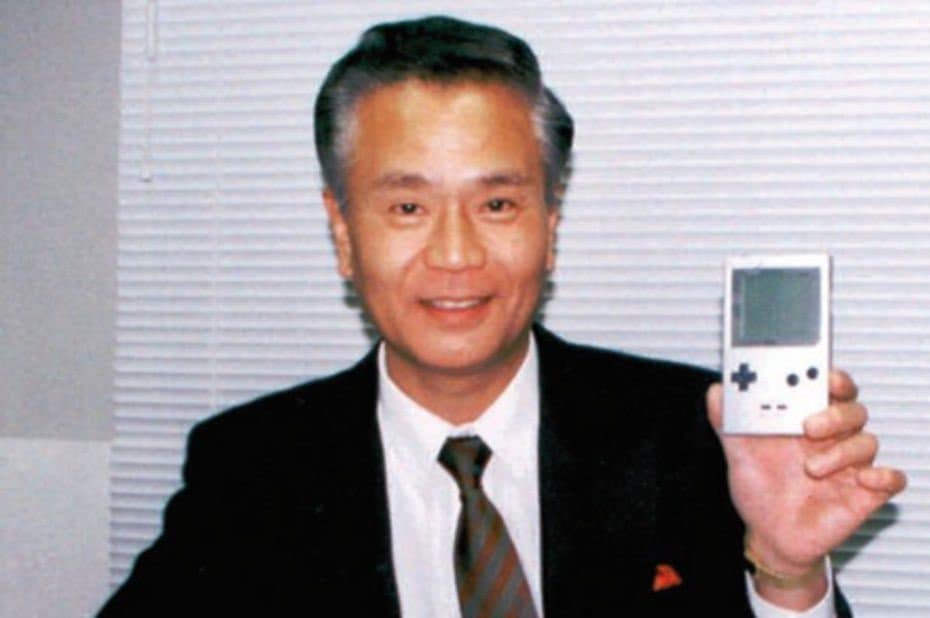
Original Gameboy – 1989
Gunpei and his team took great pride in their mission to create a portable games console. They needed to design the Gameboy to look like a toy, but feel like a computer.
It’s pretty clear that they took design aspects from the NES and the Game & Watch in mind when building the Gameboy; you can even see the grilled detailing on top of the NES located on the back of the Gameboy.
They first started with the infamous green dot matrix screen, a small 2” screen that showed just a few shades of grey and gave the user the ability to change contrast settings.
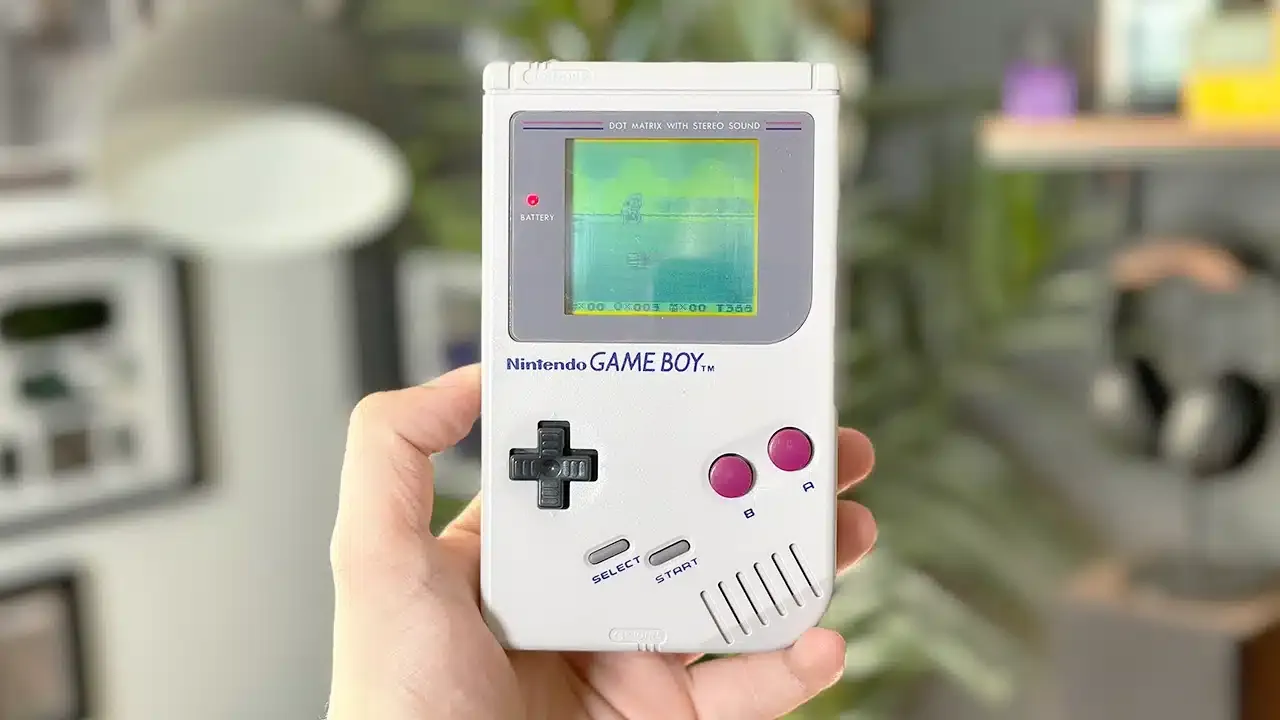
Gunpei wanted the Gameboy to be incredibly well built with the ability to be played for over a day straight for you nutters out there.
So instead of making it slim and holding just two AA batteries, they went bulkier, with stronger materials and even more battery capacity.
Heck, one of these things even survived the Gulf War and is available to view at the Nintendo Store in New York and still plays original DMG titles like Tetris!
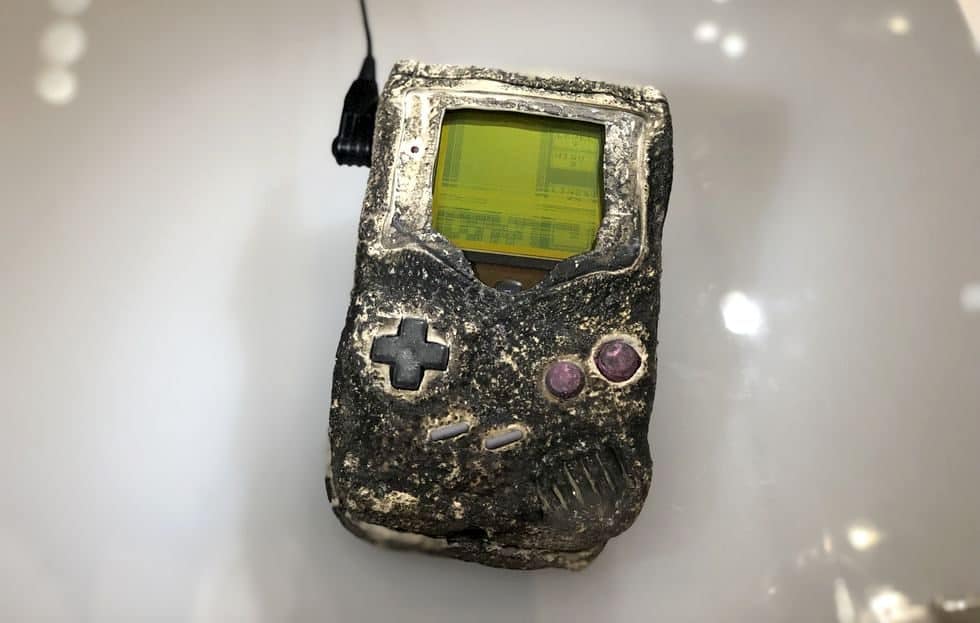
Gameboy Link Cable – 1991
The Gameboy also introduced a bit of kit that is widely known as the Link Cable, a cable that can connect you to other Gameboys in order to play games together, or as I personally remember most, trading Pokemon.
This was one of the greatest features of the entire Gameboy, the fact you could play with your friends at school, or trade them a Haunter when you hosted a sleepover was great.
And for marketing it was perfect, because those who didn’t have a Gameboy soon wanted one to be a part of the cultural hype.
It was most popular with the Gameboy Color, allowing you to play games with your friends. Check out our article on the must-have Gameboy Color titles!
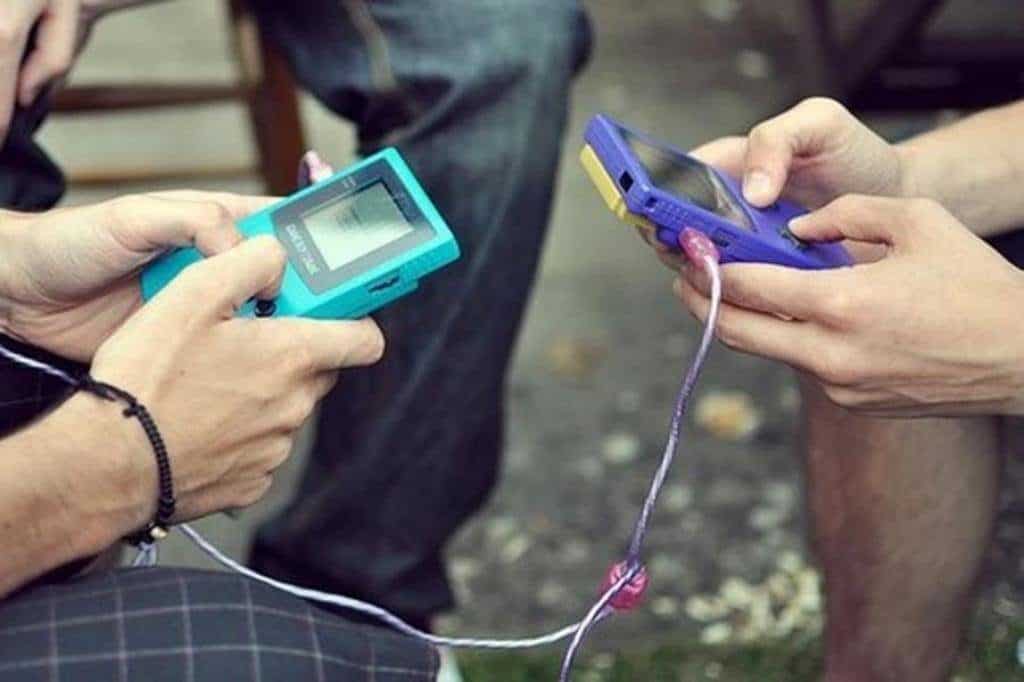
Unlike the Game & Watch, Gunepei wanted the console to be able to play a multitude of games. Alongside the Gameboy, the team loaded individual titles onto different cartridges that could be changed at will, so that gamers could collect and purchase any game they wished without having to buy different handhelds.
Some think that Nintendo was the first to create the game cartridge, but in fact it was the Microvision games console that started off the trend back in 1979.
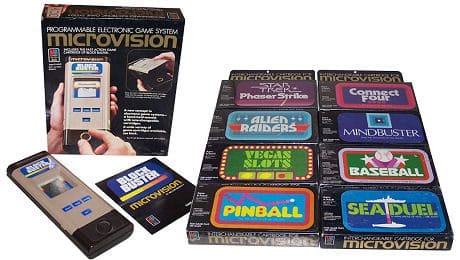
Nintendo and Gunpei released the original Gameboy to the public on April 21st 1989 in Japan selling out the first load of 300,000 units in a matter of days.
North America was the next to see a release on July 31st 1989, but it wasn’t until September 28th 1990 that we Europeans managed to get our hands on it.
It was a huge success for Nintendo, selling almost 100 million units worldwide and making it one of the best-selling handhelds of all time.
It became one of the most iconic toys from the 1990s and sold mostly as a stand-alone unit, although it did come with either Tetris or Super Mario Land should you want a bundle.
Because the Gameboy was such a success, other companies soon wanted a slice of the pie and launched many 3rd party accessories, some great, some… just plain wild, like the Konami HYPERBOY.
This turns your Gameboy into a mini arcade cabinet and the Booster Boy, an accessory that puts your Gameboy on life support with boosted speakers and a magnifying glass with a front light, because we all know this thing was impossible to see at night.
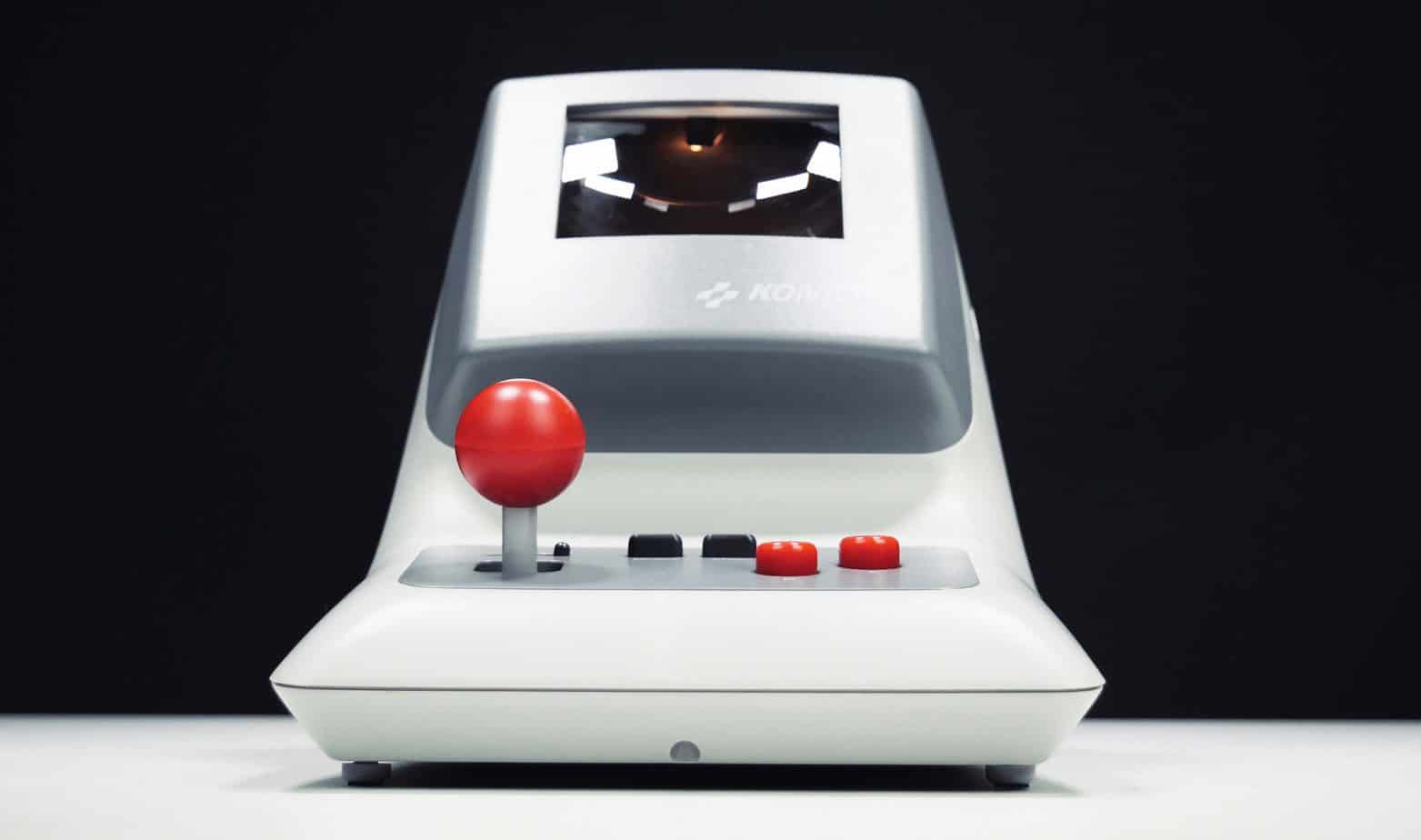
The best-selling game for the original Gameboy was Tetris selling a whopping 33 million units. Some say that its success was due to the large amount of bundles, but we like to think that the simplicity of the game is what made it so popular.
Shortly behind that was Pokemon, a game that for me personally changed my life. It turned the Gameboy into a unique multiplayer experience.
Users could buy a link cable to trade Pokemon or battle it out to find out who was the strongest Pokemon master in the neighbourhood. Pokemon was also available on the Gameboy Pocket, Gameboy Light, and Gameboy Color.
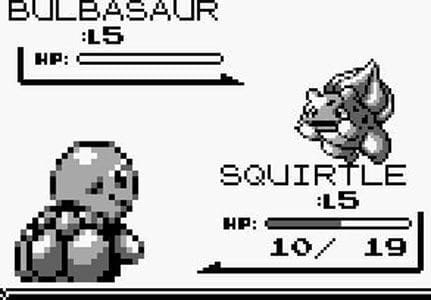
Gameboy Pocket – 1996
Nintendo knew that it had created something incredible. The Gameboy changed the gaming industry for the better, and they wanted to keep it like that for as long as they could.
On July 21st, 1996 Gameboy revealed the all-new Gameboy Pocket, a lighter, more portable handheld that could do everything the Original could, but better. They changed up the screen slightly by adding by adding a black and white display which allowed for more distinguishable animation and reduced the amount of blur that you’d get with fast-moving games.
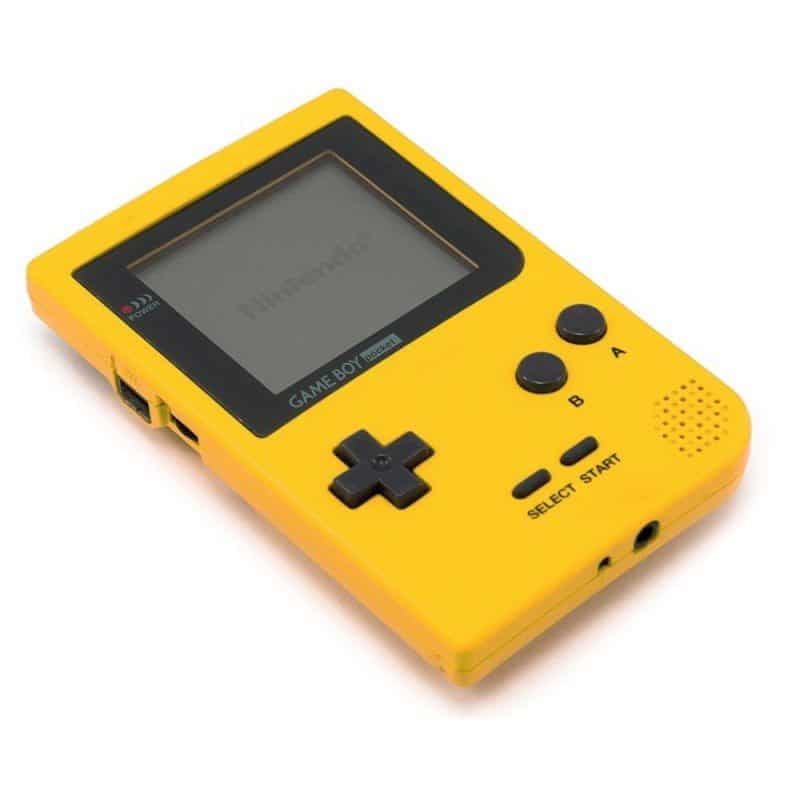
Instead of 4 x AA batteries they changed the power supply to 3xAAA batteries, all while keeping the long 10 hour lifespan.
This move also allowed them to slim down the unit, but while slimming it down, they missed out a key component which was the battery light. Many customers missed this feature as it would cause many missed saved states when the console ran out of juice.
So a few months down the line they planned to return it within the next batch.
The Gameboy Pocket was Gunpei’s last project for Nintendo. On August 15th 1996 Gunpei left the gaming giants for good after 31 years at the company.
It wasn’t easy for Nintendo to see him go as he was one of the most innovative members of staff that they had ever employed.
He left with a number of his colleagues in order to form a new company called Koto, and then went on to create the Wonderswan handheld, a new portable gaming machine that brought joy to thousands upon thousands of gamers throughout Japan who loved playing Wonderswan games wherever they went.
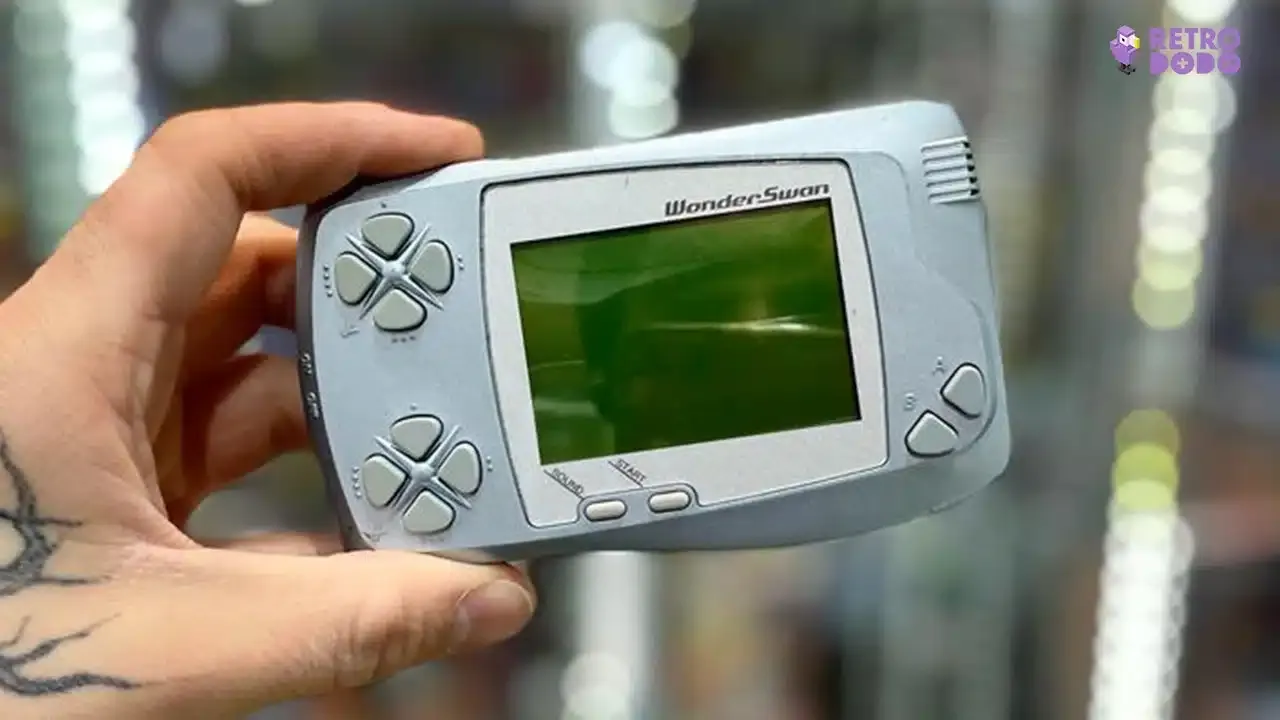
Unfortunately, shortly after following his new dream Gunpei passed away on October 4th 1997 in a traffic accident. It wasn’t until I started researching this script that I found out about Gunpei, and how he had such a major involvement in the Gameboy.
His knack for inventing small toys led him to develop a handheld that has caused me so much happiness in my youth, and even in my adult life too. I had no idea, so I thought I’d shine a little light on him within this article, because I think knowing who was behind such a great handheld and such an exciting time in the gaming industry may interest some if not all of you out there.
Rest in peace, Gunpei, and thank you for making mine and all my friends childhood memories so much fun, you will be greatly missed.

Gameboy Light – 1998
Nintendo went on to carry Gunpei’s innovation throughout all of its future handhelds. In April 1998, Japan reinvented the Gameboy Pocket with the all-new Gameboy Light, a Japanese exclusive that added an electroluminescent screen within the handheld.
This allowed gamers to reveal a bright backlight that shone through a glowing bluey-greeny tinted screen that allowed its user to play in darkness.
Not only that, but they also changed the battery consumption to 2 X AA batteries instead of 3 X AAA’s. This increased the play time to a whopping 20 hours without the backlight on.
Adding the backlight was by far one of Nintendo’s smartest moves for the Gameboy Pocket, and everyone expected this to carry on into their newer handhelds, but as you may know, this was the only backlit Gameboy until the Gameboy Advance SP which didn’t come out until 2003, 5 years later.
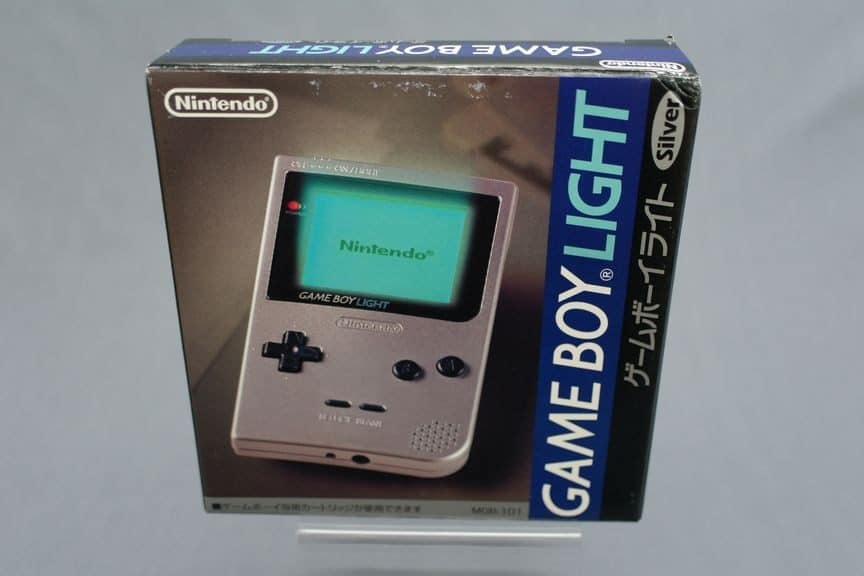
Gameboy Color – 1998
Just 6 months after the Gameboy Light, Nintendo revealed the all-new Gameboy Color, my favourite handheld ever.
The Gameboy Color had a more natural, curved aesthetic to it that fitted better in the player’s hands. It was renowned for bringing colour to the pocket console and the ability to be backward compatible with older Gameboy games.
This feature in itself allowed the Gameboy Color to launch with a much bigger library compared to its competitors.
With this, Nintendo launched a bunch of coloured Gameboy games such as Pokemon Gold/Silver, Legend of Zelda: Links Awakening, and Super Mario Bros Deluxe. Heck, Nintendo even revealed Kirby Tilt N’ Tumble which was a cartridge that had a built-in accelerometer, allowing you to play the game by tilting your Gameboy.
The Gameboy Color was the start of the company launching lots of coloured variants of the console. Nintendo eventually revealed over 50 different colors and editions of the console, enticing gamers to buy more than one Gameboy Color and rack up an impressive, and colourful, collection.
The last of the 8-bit Gameboy’s was a huge success and the Gameboy Color sold tens of millions of units. Most customers also grabbed Pokemon Gold or Silver along with the console, helping Pokemon to sell over 23 million units of Gold & Silver and making it the best-selling Gameboy Color game ever.
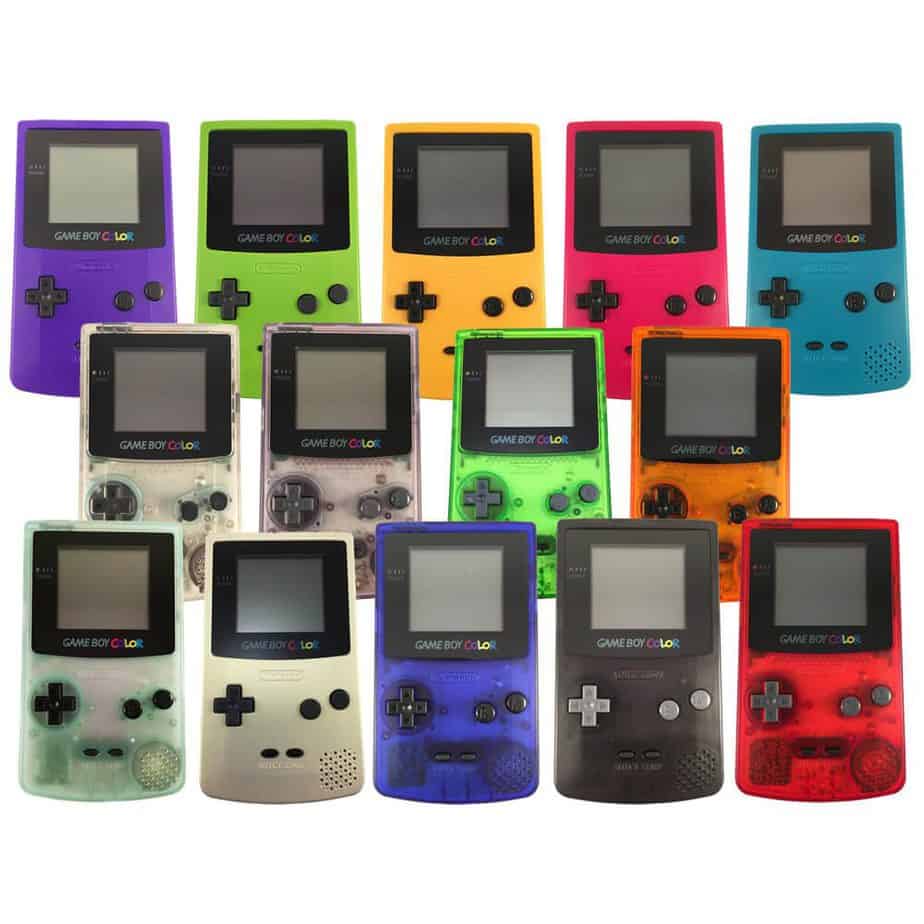
Gameboy Advance – 2001
After the success of its previous consoles, Nintendo needed to do something different if it was going to keep ahead of the game. Technology was advancing, and the demand for bigger and better games was forever increasing.
Nintendo decided to completely reinvent the Gameboy and on March 21st 2001 they revealed the Gameboy Advance.
Also known as the GBA, Nintendo added a horizontal 2.9” coloured LCD display, completely changing the way you play your Gameboy games.
They moved to a 32bit Z80 processor making it much more powerful, added two new “shoulder buttons” to increase gameplay quality, and reinvented the cartridge by halving its size.
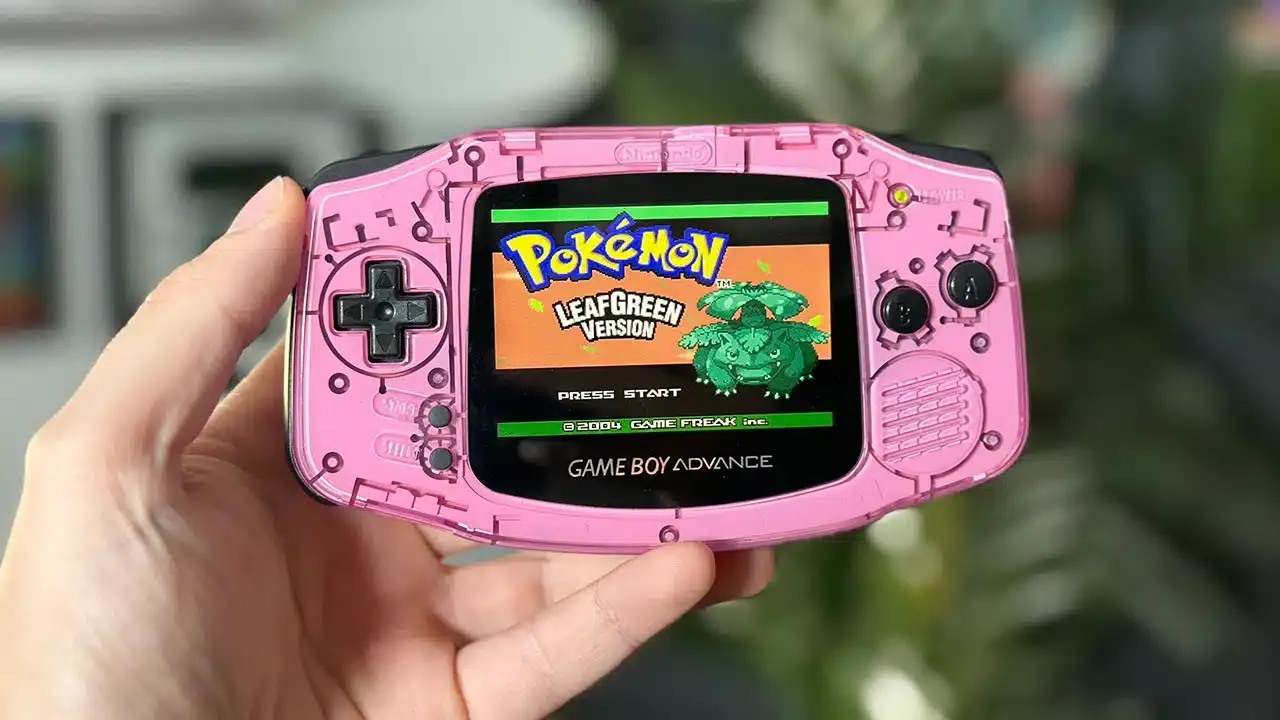
Like the Gameboy Color, the Advance had the ability to play older cartridges, but the Gameboy and Gameboy color cartridges would stick out over the top of the handheld, making it look a bit weird. But this didn’t stop gamers from going back into their old library to take advantage of the stretched aspect ratio that the Gameboy Advance used to modify non-GBA games.
The GameBoy Advance had lots of new titles and some great SNES ports like Super Mario World and Donkey Kong Country. The games were getting fast-paced, more time-consuming, and much more enjoyable to play, but still the Gameboy Advance lacked any sort of backlight.
As a result, one of the most popular accessories for this handheld was the wormlight, an awful sperm-like attachment that would attempt to light up your screen.
Nintendo sold over 38 million units of the Gameboy Advance and its best-selling game was Pokemon Ruby & Sapphire selling a total of 16 million units; that includes SP sales too, making it one of the most-loved Gameboy Advance titles of all time.
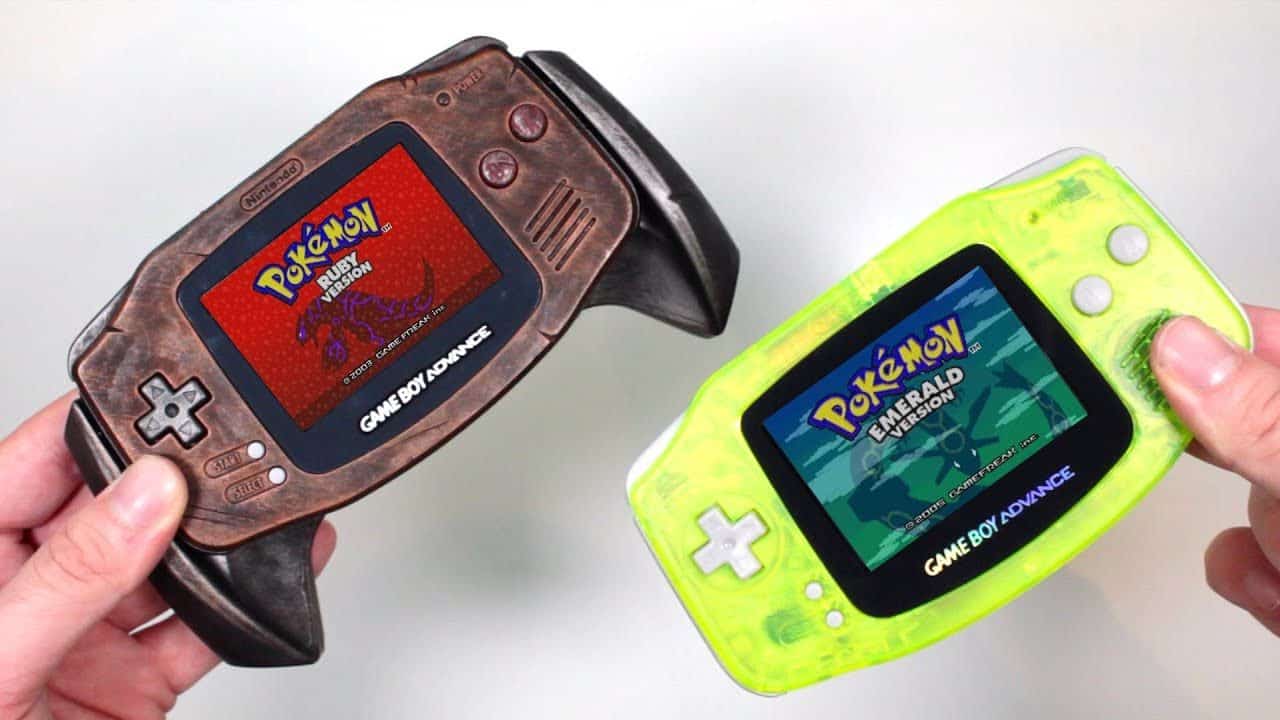
Gameboy Advance SP – 2003
Nintendo fell in love with the Gameboy Advance and decided to reinvent it, yet again. This time they released a clamshell handheld called the Gameboy Advance SP on February 14th, 2003 , and for those of you wondering, the SP stands for special.
It kept everything that made the original Gameboy Advance great; shoulder buttons, GBA cartridges, aspect ratio, but Nintendo made the device feel more modern. They added a rechargeable battery, so there was no need to lug around tonnes of AA batteries when you were going on holiday, and a backlight display that could be lit with the press of a button.
The portability and the addition of an internal backlight revolutionised the way gamers played and transported their games, you could now play your Gameboy at night, without one of those terrible wormy-sperm lights!
The first version of the SP was called the AGS-001, but Nintendo wanted to add a newer backlight display, so revealed a brighter Gameboy Advance SP shortly after called the AGS-101.
The differences between both of the screens were incredibly noticeable, so many customers found themselves wanting to upgrade to the 101 to take advantage of the clearer gameplay that it offered. Many claim the Gameboy Advance SP was the best Gameboy ever.
It had everything that pocket gamers needed; portability, power, and a bright screen. The numbers would suggest differently, but it still exceeded targets by selling over 41 million units.
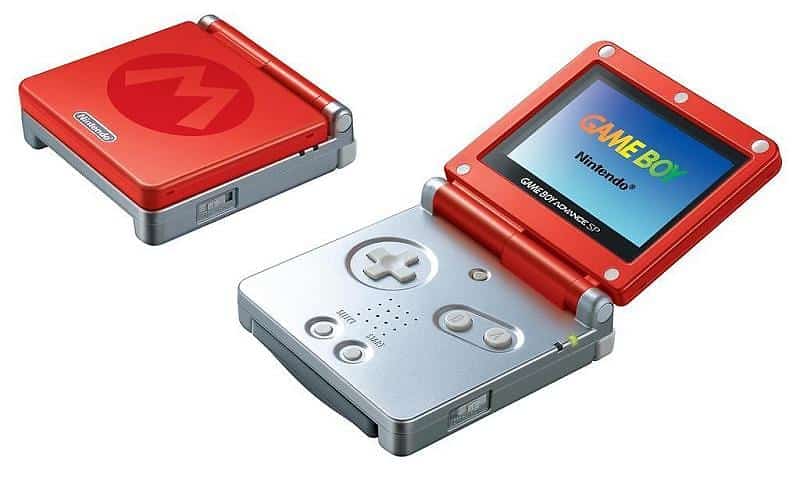
Gameboy Micro – 2005
Finally, the last Gameboy to come out of Nintendo HQ was one that nobody was expecting, the Gameboy Micro. Released in February 2005 it was Nintendo’s aim to create the ultimate pocket-sized Gameboy with all of the features from every single Gameboy.
Coming in at just 4.5 inches wide and 2 inches tall, this thing felt as if it could be snapped in two by an accidental sneeze. It had shoulder buttons, a bright 2” screen, a headphone jack and a large battery.
The only thing it did lack was backward compatibility, but by this time, all of the best Gameboy games were available on GBA cartridges.
The Gameboy Micro didn’t sell as well as its previous consoles, as let’s be honest, it wasn’t a major upgrade, but they did manage to push over 2 million units worldwide.
Because it sold less than its older brothers and sisters the Gameboy Micro is one of the hardest to get hold of, making it a pricey purchase on eBay should you want to add it to your collection.
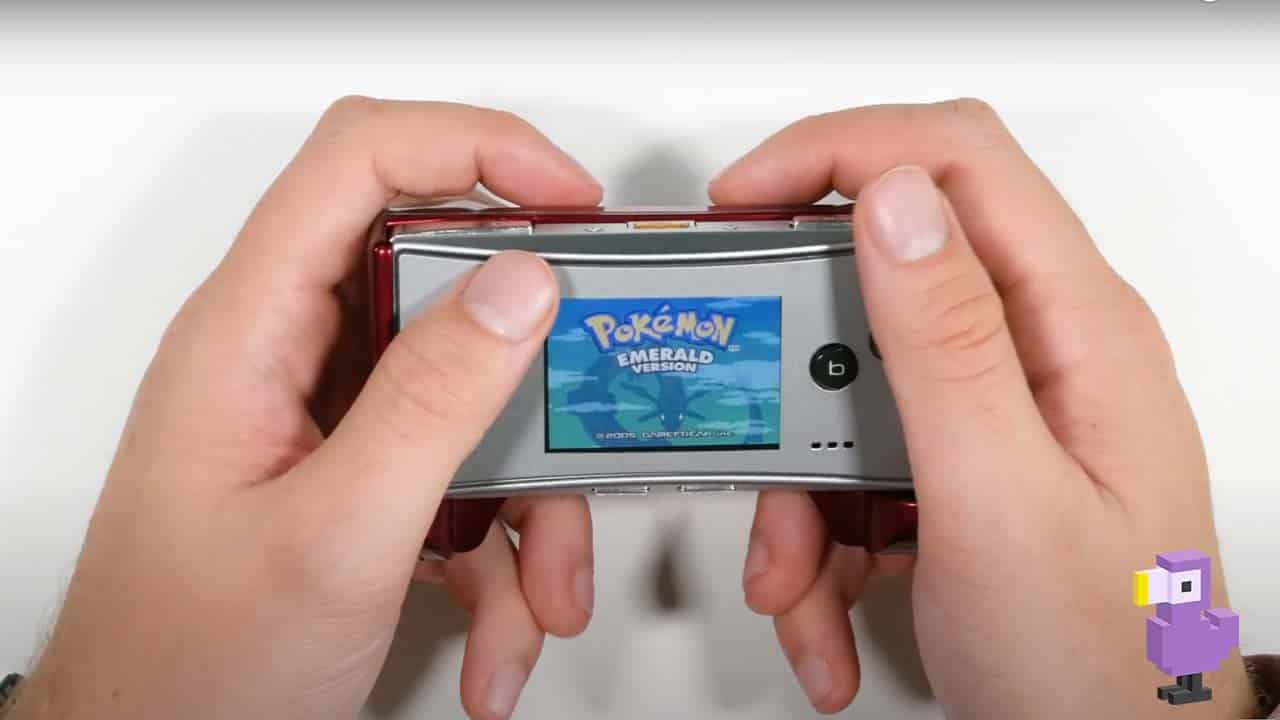
Nintendo really did shape pop culture with their Gameboy line. Still to this day the Gameboy and Gameboy color combined has outsold the likes of the Playstation 4 and Xbox One.
Thanks to Gunpei, Nintendo thrived, and has become one of the biggest names in the gaming industry, and we think the Gameboy history is what truly shaped Nintendo to become what they are today.


